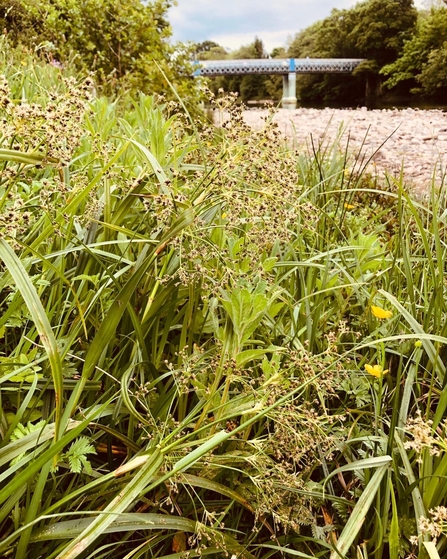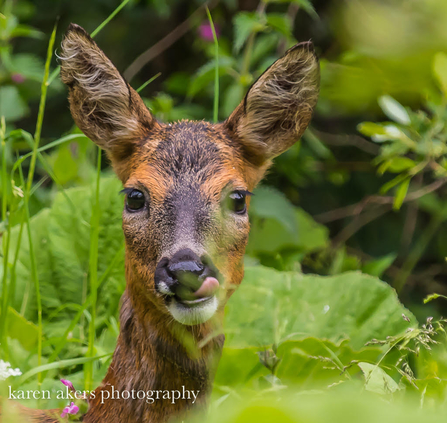Barnard Castle, or Barney as it is known locally, is a beautiful market town set on the banks of the River Tees.
Public footpaths follow the river on both banks upstream (NW) towards Cotherstone and downstream (SE) towards Eggleston Abbey. Footpaths leading west head up Deepdale Beck into Deepdale Woods Nature Reserve.
As you leave the town walking along the northern banks of the Tees following the ‘Tees Way’ towards Cotherstone you will find predominantly ancient and semi-natural broadleaved woodland. Old oak trees, both Pedunculate and Sessile grow together with beech, sycamore, elm, alder and ash with an understory of holly, hawthorn, blackthorn and abundant hazel.
The ground flora is diverse in these woods. The early spring flowers: bluebells, wood anemone, wood sorrel, goldilocks (a lovely little woodland buttercup), wild garlic and woodruff which flowered in the brighter months, have now finished flowering. These plants made the most of the spring sun before trees came into full leaf and the canopy began to close. For those who know these plants you will still spot their leaves and seed heads. Much of the ground flora is dominated by lush green greater wood rush and localised stands of dog’s mercury.



